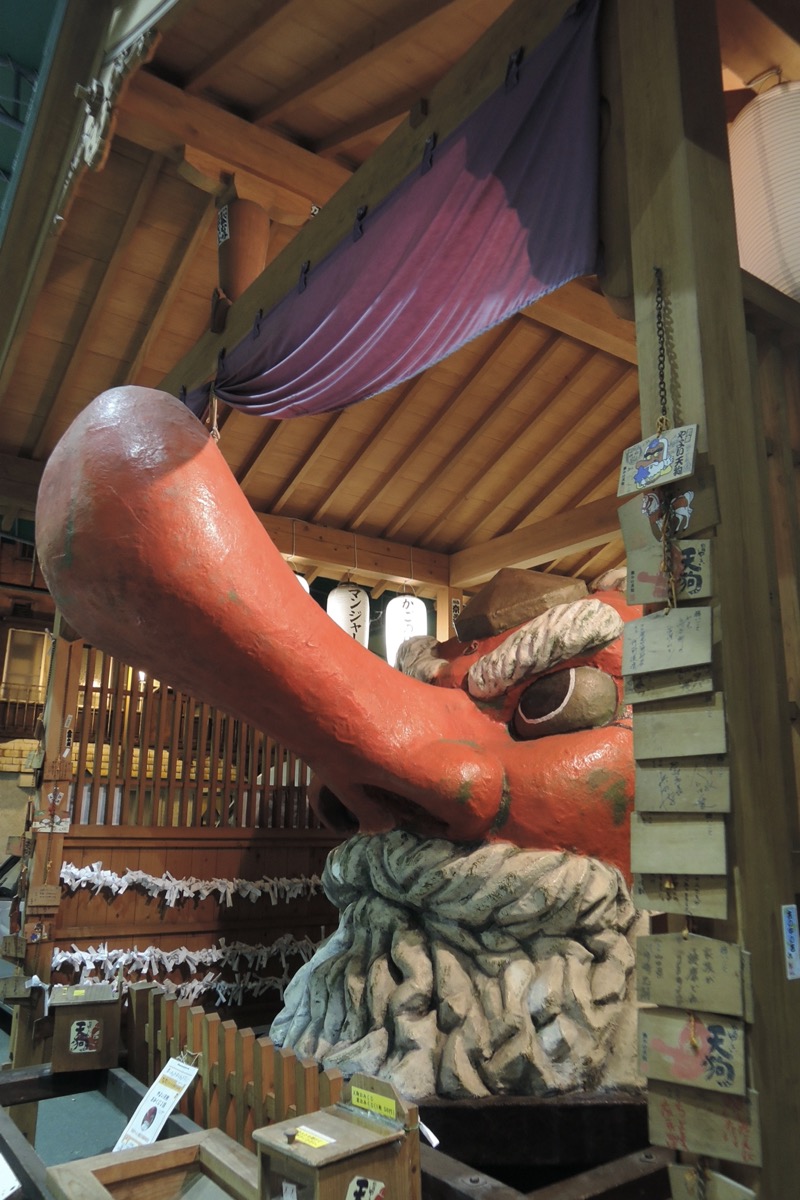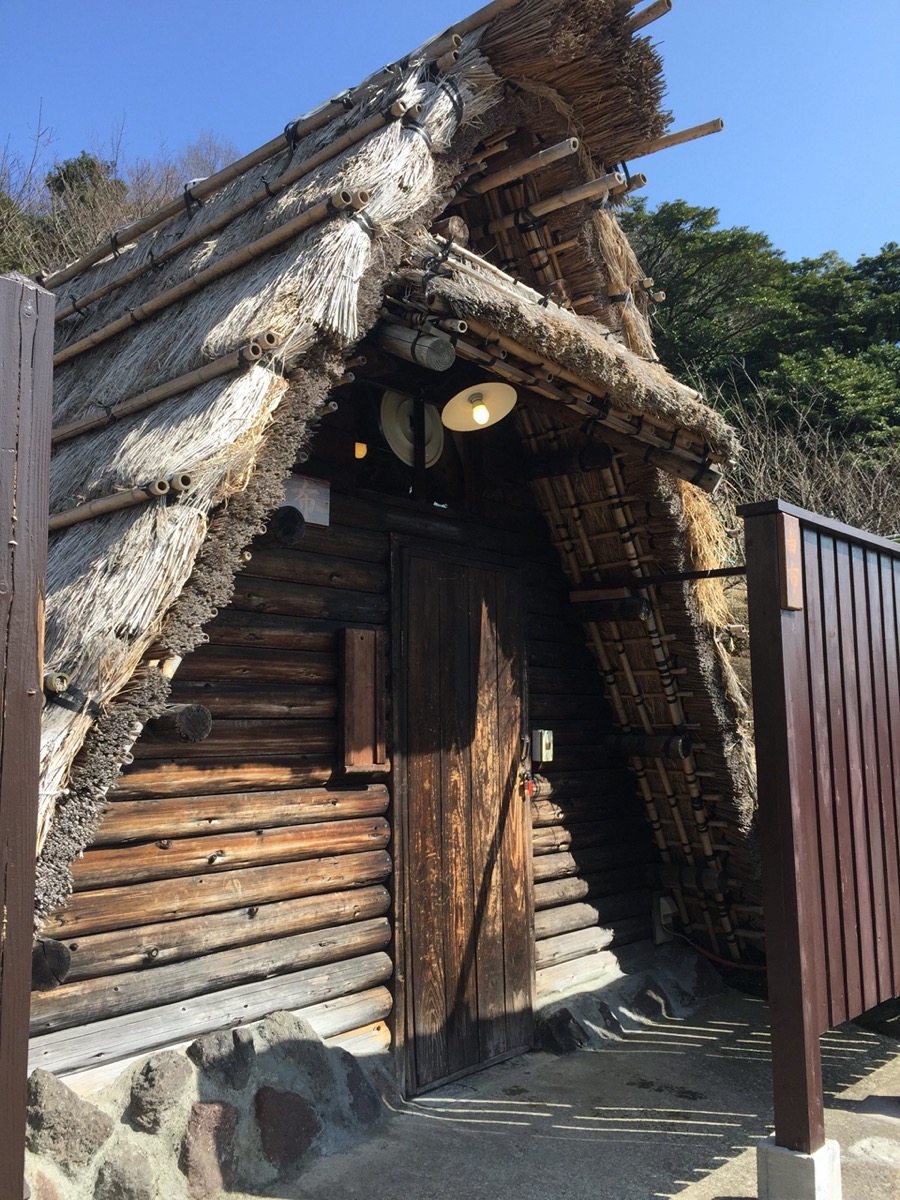Post-Christmas, pre-New year was a quick trip to Huis Ten Bosch, a Dutch theme park town outside of Fukuoka (somewhat close to Sasebo). Kitschy? Yes. Bizarre? Yes. Fun? Yes. Cheap? … no.
On Boxing day, we flew from Okinawa to Fukuoka, one of my favorite cities. Being pre-New year and arriving into Hakata station (luckily only 15 minutes from the Fukuoka airport), crowds were a bit crazy to be honest. There were no available coin lockers to found, so we ended up hauling our small suitcases with us to grab some lunch before getting on the train to Huis Ten Bosch. Luckily, for our first stop we already knew where we were headed, straight to the Hakata Bus Terminal building, 9th floor… okonomiyaki! It was just noon on a Monday before New Years, but we were lucky and the wait was not too much when we arrived; Fukiya restaurant’s okonomiyaki is extremely popular with locals, businessmen, and even Japanese tourists. We went to the server, ordered and waited for a table to become available. Once the table was available, a few minutes later our okonomiyaki arrived and we chowed down. As before on our last trip to Fukuoka, this place was awesome and cheap.
After lunch, we purchased our tickets and got aboard the ~2 hour train to Huis Ten Bosch. We reserved the green car tickets (assigned seats! lots of leg room!). Overall the train ride was fairly uneventful, and no snack or drink cart, so it was a good thing we brought our own tea and beers for the ride.
Finally, we arrive at Huis Ten Bosch… it was raining a bit, so not perfect, but honestly stepping out of the train station took my breath away a bit. Before me was a rather European feel (we could see the Hotel Okura across the bridge where we would be staying), and it was a little amazing. Cheesy, I know, but it really was quite pretty even in the rain! So we hustled across the bridge to get out of the rain and checked into the hotel. We settled in, refreshed ourselves, checked out the hotel. Inside our hotel we had an onsen, a FamilyMart, a bakery, restaurants, and of course a souvenir stand.
We bought the 1.5 day pass to the park from the hotel lobby (includes after 3pm admission the first day + 1 full day the second) and headed just a few meters to the entrance of the park; at this point it was about 5pm. It was still raining a bit, which put a damper on things, but we trooped onwards. The illuminations were just starting up, so we got some warm coffee beverages and wandered past windmills, flowers, lights, etc. The sit-down, eat-in restaurants in the park are a bit spendy we learned, and while being decent were a bit overpriced; luckily the next day we stuck to smaller snacks/light meals and were much happier. We ended up eating a small dinner at one of the restaurants which was okay, but definitely tourist prices. We went up the tower and continued to looked around at the light-ups to get a feel of the park as it was raining, but after a bit the rain got to be too much and we headed back. It was very beautiful though, and I quite enjoyed the atmosphere despite the rain. Once we got back to the hotel, I changed into onsen jinbei clothes and went straight to the onsen baths! The chilly rain had gotten to me, and I need to warm up.
The onsen itself was not terribly remarkable, but it was clean and warm. There was a sauna, an indoor bath and an outdoor bath. The outdoor bath was only somewhat protected from the rain, and yes, I went into it anyway, but it was sort of romantic with rain drops and hot onsen water. But the feeling passed after a few moments of being pelted with cold rain and so I headed back to the indoor bath.
The next day, my husband must have been very comfortable because he slept in past sunrise (this never happens!). A quick morning soak in the onsen, then our choice of the “western” breakfast buffet or the Japanese morning set meal. We ended up at the western buffet, since after all, this is a Dutch themed park! While it is called “western,” it is in reality a mix of some western foods and Japanese foods– not to worry, still miso soup, rice, fish, natto, and other Japanese favorites were offered. We ended up choosing this buffet both mornings even though we discussed trying the other (much smaller) restaurant in the hotel for breakfast. Normally we might just choose FamilyMart for breakfast, but the hotel came with breakfast both mornings, and Japanese (actually most Asian) hotel breakfasts are typically very good, unlike their American counterparts. Anyway, this breakfast was in fact quite good, with a beautiful view of what turned out to be private residences designed to mimic a (wealthy) European housing neighborhood.
It was not raining for our main day in the park– yay! We went to the park and boarded the boat which would take us down the canal to a point further into the park. The park is divided into various zones, with different themes and such. Anyway, to keep it short, we enjoyed almost all of it, especially the “palace” which was a museum and gardens; the current displays were Da Vinci and also orchids. The best part was it came with a multiple entry, so we could come back at night to watch the music and light show (which by the way was very much a highlight). There were various “attractions” (museums, shows, activities) that were included in the park pass, though some things like foods and bicycle rentals, that were extra money.
As for the strange parts of the park: the “Horror” zone… yes… zombies, haunted houses… it was very creepy, and they had multiple haunted house attractions (one even required a couple, either male-female or both female, but not male-male… umm). We skipped most of these since there were lines, and to be honest… I am too much of a scaredy-cat for some of those. There were even haunted bathrooms. I went inside the womens, mostly out of curiosity, but it was really creepy and dark. I didn’t stay long. At night-time there was a projection mapping/lights and music show here, which to say the least was odd… entertaining but confusing (at least as a foreigner).
During the day, we ate our way around the park; since it was just after Christmas there was a “Christmas Market” tent with spiced wine and foods, as well as some heaters to keep you warm. We shared a raclette (cheese) meal and some wine here, and my husband enjoyed some grilled sausages on a stick. There were various food vendors and restaurants scattered throughout the park.
Overall a fun day, meandering and pretending we had visited a more European-style place. We took a break between our day-time park walking and night-time illuminations back at the hotel (after all it was only a few meters away from the park), so we could be fully charged for the illuminations. At night, the park is truly spectacular; lights everywhere. We wandered through all the various night-time shows they offered before collapsing back at the hotel.
The next morning, we ate in the hotel restaurant and enjoyed one last onsen bath before getting on the train back to Fukuoka and the airplane ride home to Okinawa. Overall, a successful trip, if not a bit odd at times.. probably not a typical stop for the average foreign tourist, but if you have been living abroad in Asia for awhile, I think it is a welcome reprieve to enjoy some actually almost European/Westernized atmosphere. The winter illuminations were gorgeous, the park town interesting, and some pretty good food.
Huis Ten Bosch, Kyushu








